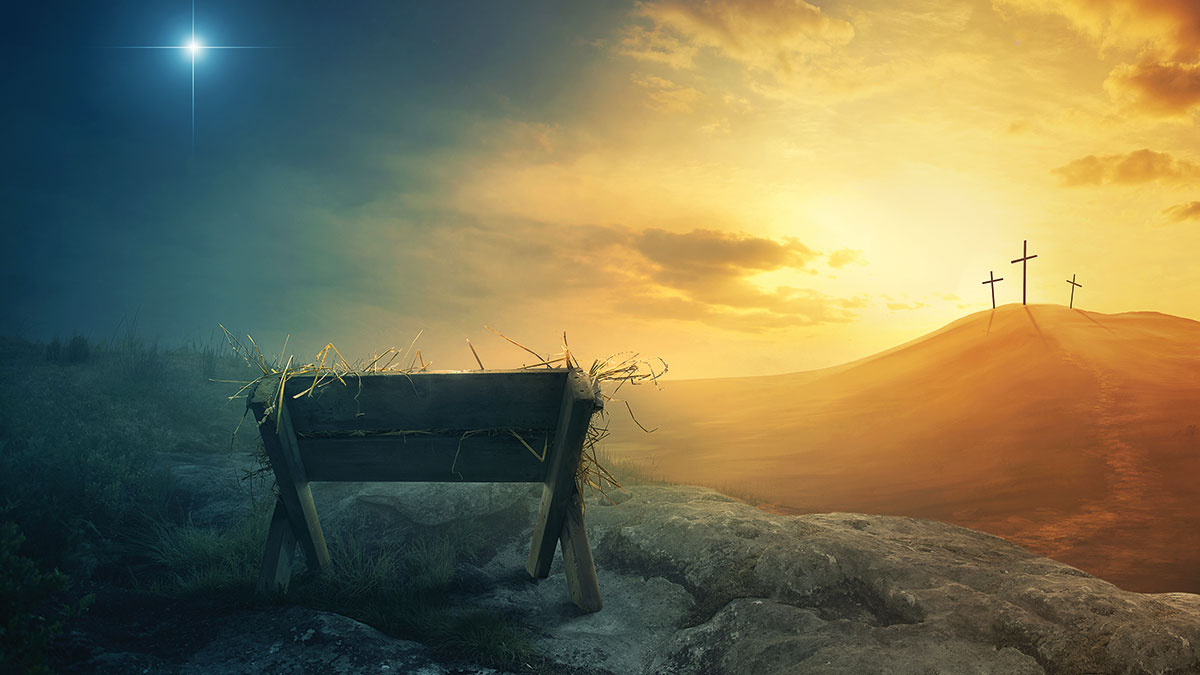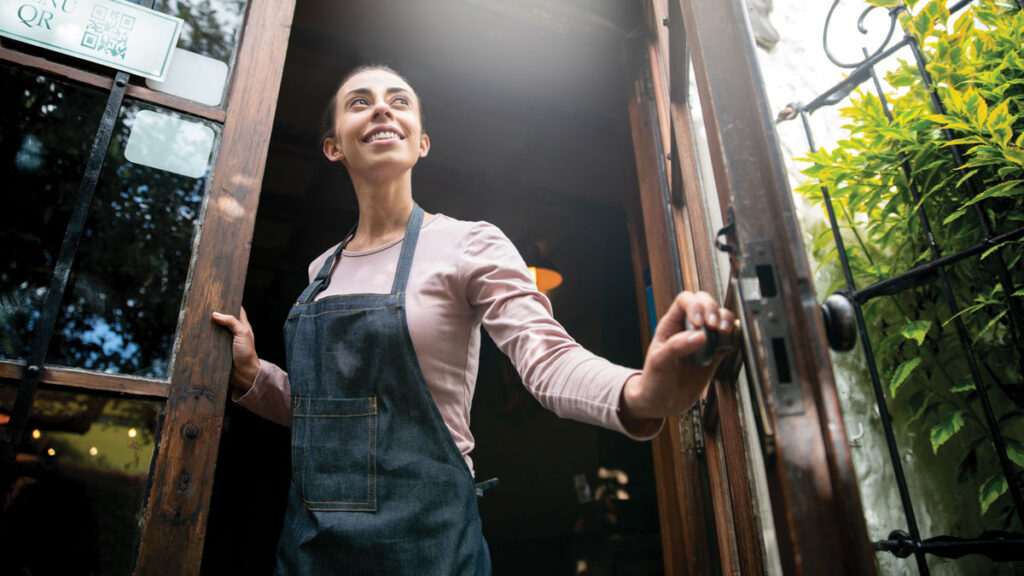Christmas in Scandinavia is something far removed from the beach or backyard barbecue celebrations we tend to have in this part of the world. Beautiful lights, the smell of fir trees, snow if you are lucky, and the usual selection of timely classic songs and hymns. There is something about the dark winter and the bright lights that makes it different. And special. For many it is the time of year when they catch up with family they otherwise do not see or even speak to during the year.
This year just gone we again spent the Christmas season celebrating with my family in Denmark. In Scandinavia the main celebration takes place on the evening of December 24, with dinner, singing and sharing and—to the joy of every child—the opening of Christmas presents. Ever since my first memories of Christmas, this has been the way we celebrate the “big day”.
As a child, I remember walking a couple of kilometres to the other end of town and standing in the cold, waiting for my grandparents to arrive in their green and white Hillman and then catching a ride back to my parents’ house with them.
There is one thing, however, I do not remember us ever doing. Something, that has become very popular in recent years—surprisingly popular.
Over the past 10 to 15 years or so, whenever we have been in Denmark for Christmas, we have attended a Christmas evening church service held in one of the local churches.
Denmark is officially a Lutheran Christian country, with about 75 per cent of the population being members of the State Church. You become a member when you are baptised as an infant and remain so unless you ask to be removed from the register. However, the percentage of people who consider themselves “very religious” is well below 20 per cent and even less will visit a church regularly. It would be fair to say that Christianity has become a historic relic that is treated as part of a Dane’s heritage, but is mostly irrelevant in our everyday life.
And here is the big paradox . . .
In 2017, when we attended the service on Christmas evening, in the small church where we were married well over 30 years ago, it was packed to capacity more than 20 minutes before the service started. Like we read in Acts 20:9, people had to sit in the windows or stand in the aisles and even the vestibule to take part in the celebrations.
This Christmas, the church extended to two services in order to cater for everyone wanting to attend. The local deacon told me they had a capacity crowd of 85 for the first service and the second, which we attended, had another 70 to 75 people attend. To put this into perspective, this small church, with a seating capacity of around 50 to 55, normally only has a service every second Sunday as attendance is so low. The local parish here has two churches: the little one we normally go to for the Christmas service and a bigger one with a capacity of around 230 seats. This year past, they organised a total of five services in the bigger church during the day of December 24 to accommodate everyone wanting to attend.
In a nation that, at times during the year, struggles to draw enough people to justify a church service, it is truly paradoxical that people flock to church on December 24 to hear the nativity story. A story that is, for most people, just that: a story.
But it has become part of the tradition of Christmas in Denmark. It is now included in the fabric of culture. In most cases not because of strong belief or commitment, but because it is something that is done. [pullquote]
As we are approaching the biggest spiritual celebration for the Christian church at large, Easter, it is interesting to note that in Denmark as well as in most of the Western world, this is not nearly as important as Christmas. The notion of having seven services on Easter Sunday in the local parish of my birthplace would be foreign to most people—one in each of the two churches is enough. Sure, there are more people in church than on a normal Sunday, but you will easily find a spare seat to occupy, unlike Christmas Eve.
Spiritually, Christ told us to remember what He has done for us and that should be worth hearing about and celebrating over Easter. It is recorded in three of the four gospels that Jesus reminded us to remember what He has done for us through the celebration of the communion—a reminder of His death and His resurrection.
Yet, the church is full to hear about His birth, but not about His ultimate love for us.
While enjoying the singing of the hymns about the birth of Christ and hearing the nativity story read from the gospel of Luke, it made me think about my own commitment.
Looking at the capacity crowd in the tiny church on Christmas evening—many of who were only there as a once-a-year Christian—I asked myself the question: “What am I?”
I confess to be a Seventh-day Adventist Christian and attend church once a week. I sing the songs and hymns, serve in my local church, teach a Sabbath school lesson for the Bible study hour and even preach a sermon from time to time. But what am I? Am I just that, a Seventh-day Adventist Christian like many of the once-a-year Christians sitting around me? Or am I what Christ really wants me to be . . . a seven-day Adventist Christian?
Ole Pedersen is manager of Hope Channel New Zealand.






